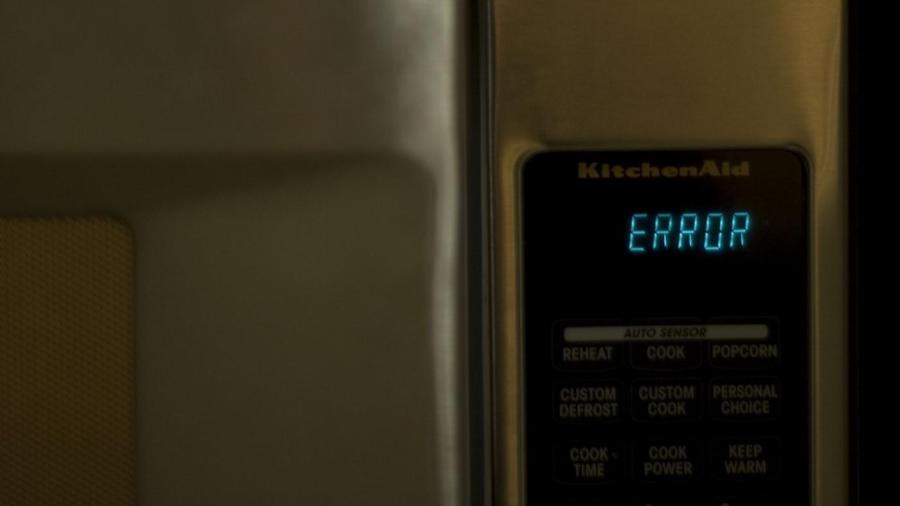How Does Microwave Sensor Cooking Work?

Microwave sensor cooking uses temperature and humidity sensors inside the microwave to determine when the food is ready. When a microwave heats food, it excites the water in the food, causing it to give off steam as it heats. Sensor cooking monitors the temperature and amount of steam coming from the food to judge how much water remains and how long it should continue heating.
Sensor cooking first requires the user to select the type of food to cook and sometimes to enter the weight or amount to be heated. Different types of food contain different moisture levels, so the amount of steam given off by popcorn varies significantly from the amount given off by broccoli. Without knowing what type of food is being cooked, the sensor cannot make an accurate judgment about when the food is ready to eat and may cause the microwave to undercook or overcook the food.
Sensor cooking is not foolproof. For instance, agricultural products may vary in their moisture content, so a particularly dry or moist vegetable may give different results when using sensor cooking. Users should follow food safety guidelines when using this system and check that the food has been thoroughly cooked before dining.





